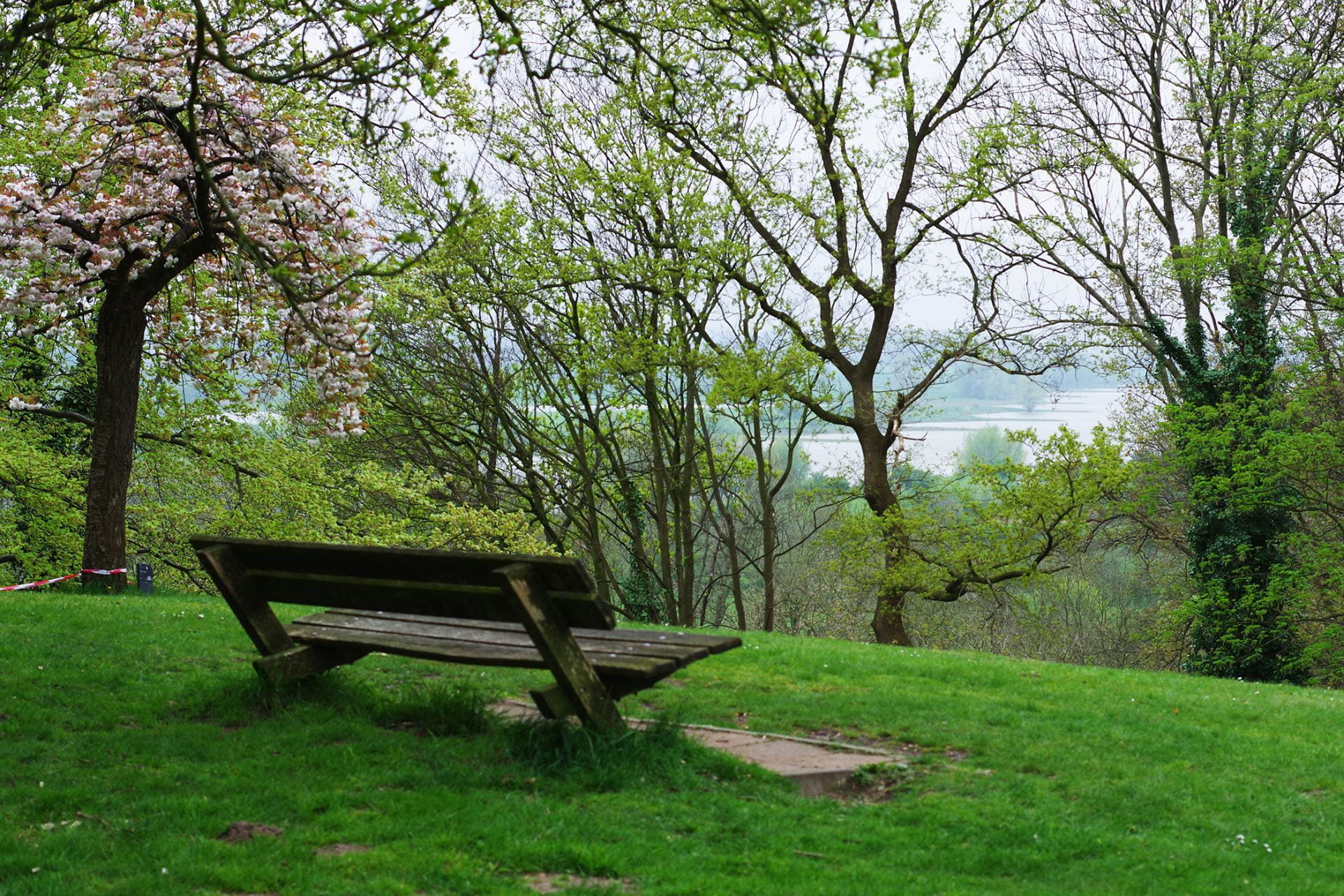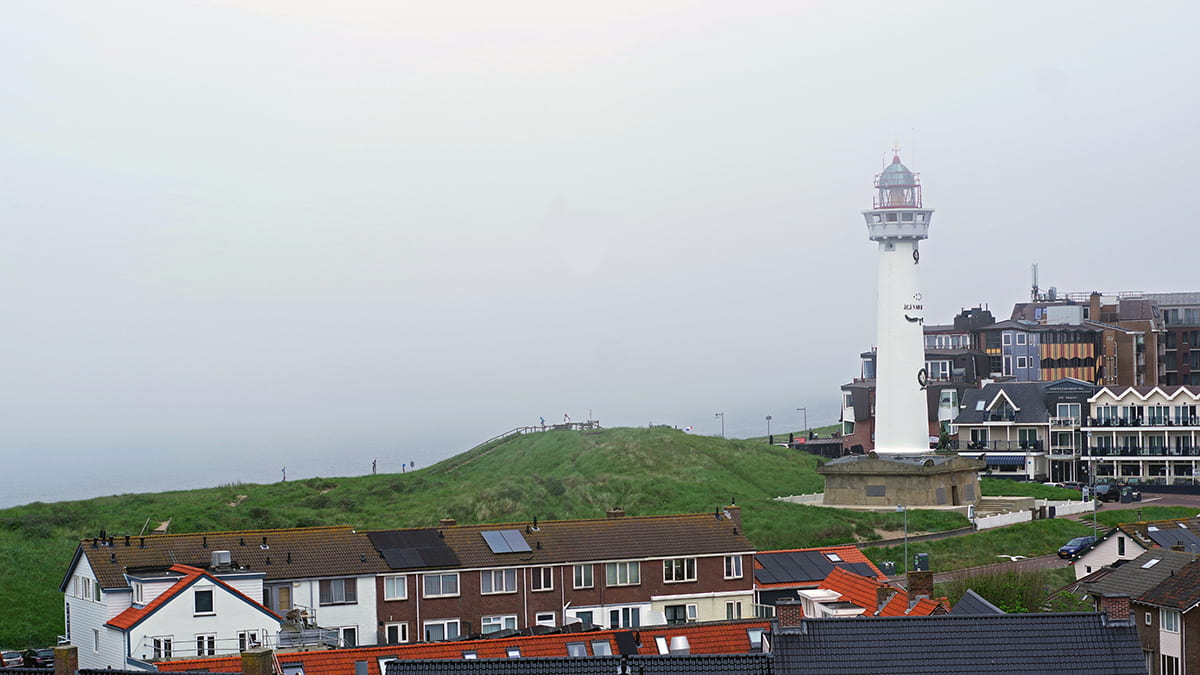
There are many reasons to champion the use of Community Engaged Learning in education. For me, it is increasing the proficiency of our students to have conversations on complex topics with people who may have entirely different views than themselves. But another strong and frequently encountered argument for engaging students in the non-university community they are surrounded by, is to get students “out of their bubble”, experiencing that not everyone is university educated and/or from a high socio-economic status background. And for many (I daresay in Veterinary Medicine, for most students) this is a very good thing.
However, when the rationale for CEL is “exposure of students to other groups”, the assumption is that the student is not part of that societal group; they are “the others”. This is obviously an injustice to students who come from a background similar to societal partners involved, or the neighborhood, or the socio-economic background that is engaged in CEL work.
This friction has been reported, among others in a powerful ethnographic study Arianna Taboada on her experience as a Latina student in a Masters program in Public Health in a predominantly white school of public health. She described her experience in a CEL course (1) and the disconnect she felt with her experience and the aims of partnership and mutual exchange, pointing specifically to the lack of discussion of the role of power and race in public health as an obstacle to development of self-awareness and cultural competency. In another report, students from low SES backgrounds were reported to emphasize systemic understanding of food insecurity and poverty in reflections on CEL work in food kitchens, while students form medium- and high SES backgrounds emphasized an individualist understanding- expressing for instance satisfaction in being able to help an individual in the food kitchen (2).
Discussion of race and social justice issues is an important part of approaching the intersection between CEL and DEI, though discussion requires careful preparation from educators, as these discussions can be experienced very differently by students from majority and minority backgrounds. Among other issues, students who have more privilege may draw sharp boundaries between themselves and the communities or social groups involved in CEL (“othering”), where discussions are presumed to be about “the others” who are not students, without taking lived experiences of their classmates with racism or social injustice into account (3).
These are such big issues; I’ve tried to check my own privilege in this post as a white cis het woman, but also humbly acknowledge that me writing about this issue is very different from someone with lived experiences. I am having a hard time thinking about what kind of image to include with this post that does justice to the topic. I’ve ended up with this bench looking out into the distance to emphasize that as instructors, we have a responsibility to take time and contemplate the way CEL touches on EDI, and how this affects our students, and take action to make CEL inclusive for all students.
1. Taboada A. Privilege, Power, and Public Health Programs: A Student Perspective on Deconstructing Institutional Racism in Community Service Learning. J Public Health Manag Pract (2011) 17:376–380. doi: 10.1097/PHH.0b013e3182140c63
2. Clever M, Miller KS. “I Understand What They’re Going through”: How Socioeconomic Background Shapes the Student Service-learning Experience. Teach Sociol (2019) 47:204–218. doi: 10.1177/0092055X19832646
3. Seider S, Huguley JP, Novick S. College Students, Diversity, and Community Service Learning. Teach Coll Rec (2013) 115:030301.

Cite as: Nordquist, R. (2024). WHERE COMMUNITY ENGAGED LEARNING AND DIVERSITY MEET. Zenodo. https://doi.org/10.5281/zenodo.14175535

